Visit Caesarea National Park
and Discover Israel's Ancient Port City
Explore the glorious excavations at Caesarea National Park.
Caesarea is one of the most important historic cities in Israel, with excavations spanning from the days of King Herod and the Romans until the Crusader period. It is on our list of the ten must-sees when visiting Israel.
And not only we think so!
The NY Times calls the city is "a leading historical tourism destination on par with the Acropolis in Athens" (WOW!) and names Caesarea on its recommended list of sites to visit in 2020.
Caesarea National Park
Ancient History of Caesarea
This ancient city was built by the Judean King Herod around the year 20 BCE. He built Caesarea on top of ‘Straton’s Tower’, a naval station built by Straton (aka Abdashtart), the ancient Phoenician King of Sidon in the 4th century BCE.
Herod never actually lived here.
He called the city Caesarea Maritima, ‘Caesarea on the Sea’ - in honor of the Caesar Augustus Octavian, the Roman Emperor who gifted to him the shoreline of Israel. And, in exchange, the Emperor visited Caesarea for the opening of the local ‘Olympic Games’.
Herod decorated the city with majestic buildings, the Roman Amphitheater, the Hippodrome, the Palace, a Roman Temple and an amazing aqueduct which brought fresh water to the city from Mount Carmel to the north.
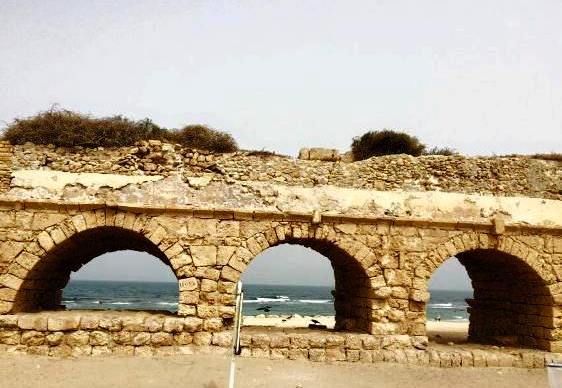
You can see the aqueduct at the beach near the modern city of Caesarea, just a few minutes drive north from the National Park, and at different points further north on the way to the Carmel.
Herod built the most advanced port of the time around Caesarea’s natural harbor. Built of concrete, it could accommodate over 200 sea ships at the same time, the largest port of the ancient world.
After the Romans destroyed Jerusalem in the year 70 CE, Caesarea became the political and cultural capital of the Roman Province.
The city continued to thrive in the Byzantine period. It had well-planned streets, theaters and stadiums, temples, bathhouses, granaries and more.
Caesarea National Park
Crusader and Arab Conquests
After the prospering Byzantine period, Caesarea was destroyed by Arab armies in the year 640. It survived as a small town for about 500 years.
When the Crusaders led by King Louis the Ninth ‘the Saint’ conquered the city, it was grandly rebuilt. The Crusaders built huge walls and towers surrounding the city. You can see these today as you walk in the Caesarea Harbor area and the northern part of the archaeological park.
In 1291, the Crusader city was destroyed by the Arab Mamaluks. Caesarea was mainly left desolate during the hundreds of years of Ottoman rule. Only a small group of Bosnian Muslims lived in Caesarea from the 1800s until the State of Israel was founded in 1948.
Caesarea National Park
Explore Walking South to North
We recommend you start your visit in the south of Caesarea National Park and work your way north.
The Amphitheater
Two thousand years ago, the citizens of Caesarea were entertained at the classical Roman Amphitheater.
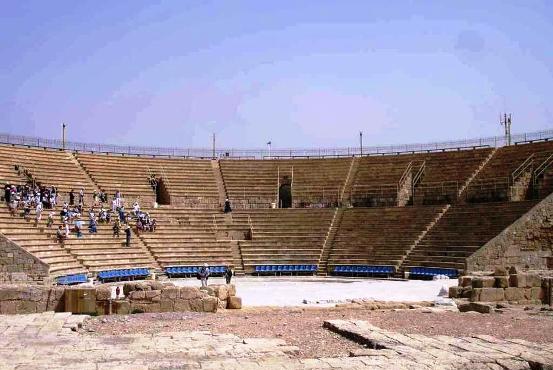
It could seat about 4,000 people. You can still see some of the original seats.
Caesarea’s rebuilt amphitheater is fully active today. It can seat 3,700 people and is one of Israel’s top venues for both Israeli and worldwide performers. Performing here is considered a major milestone by Israeli musicians.
As you walk from the amphitheater towards the sea, you will pass through an archaeological garden.
You will stroll by beautiful remains of sculptures, inscriptions and pillars that were discovered in this area.
Herod's Palace
The remains of Herod's Palace were discovered on the reef facing the Mediterranean Sea. That’s why it is sometimes called the Reef Palace. Parts of the Palace are still underwater.
The Palace is a great vantage point from which to see beauty of Caesarea today - the ancient, monumental building remains of the ancient city near the sparkling, blue sea.
You can still see the large hall and passageways, and the remains of a geometric mosaic floor.
The palace included a freshwater pool in its center. Over the years, rooms were added as it became used by the Roman governors.
The Hippdrome
Walking northwards along the Promenade, you can see the Hippodrome / Hippostadium built by Herod along the shoreline.
The walls were covered in paintings of hunts and animal. Stone benches lined the way. Spectators would come to see gladiators, athletic competitions, music, horse racing and wild animal shows.
Just like once, Caesarea's Hippodrome is in use today during holidays and festivals.
If you continue walking, You can even see the remains of ancient latrines used in a large public bathroom!
Crusader Remains and the Caesarea Port Area
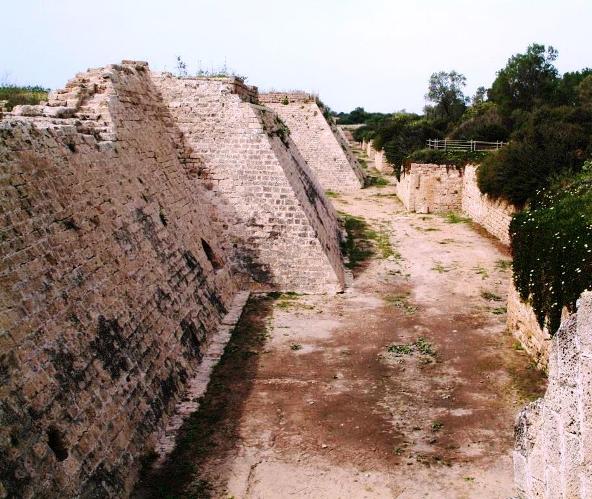
As you continue walking north you can see the remains of the Crusader Fortress and other buildings, just near the Crusader harbour.
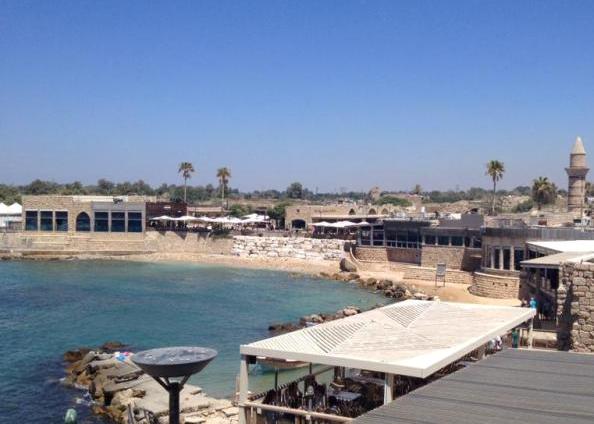
The harbor area is a fun area to walk around.
The restored ancient buildings house restaurants, coffee shops and art galleries.
Caesarea National Park
Jewish and Christian History
Caesarea Israel began as a very pagan, Roman city. But during the Roman and Byzantine periods, many Jews and Christians lived there.
Ancient Caesarea played an important role in Jewish history.
- The Great Jewish Revolt against the Romans in the year 66 CE started here, following riots near the Jewish synagogue.
- And 70 years later, the Bar-Kohba revolt was ultimately squashed in Caesarea. Some of the Ten Martyrs were tortured and killed by the Romans here, including Rabbi Akiva, one of the most prominent ewish spiritual leaders of all times.
Caesarea also features prominently in Christian history.
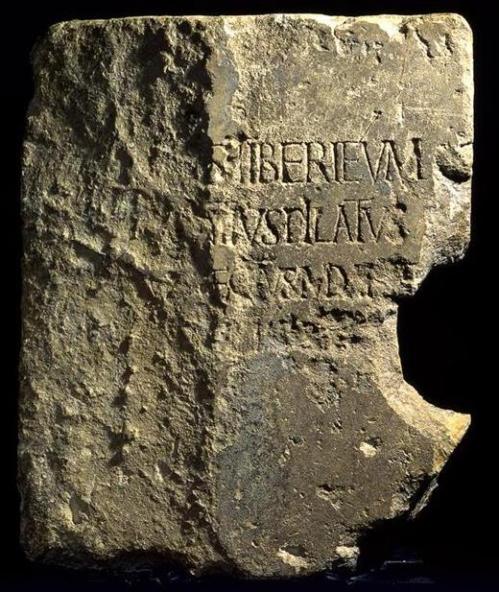 courtesy of Abraham Hay, the Israel Museum
courtesy of Abraham Hay, the Israel Museum- Pontius Pilate, the Roman Prefect of Judea mentioned in the New Testament likely lived here. The Pilate Stone in the picture is inscribed with the name of the infamous Roman governor. It was found in Caesarea where you can see a reproduction. The original Stone is on display at the Israel Museum in Jerusalem). The stone is the main evidence outside of the New Testament proving the historical existence of this person.
- The Apostle Paul was brought in chains and was interrogated by the Roman Governor Felix in Caesaera.
- It was most likely here that the first pagan, Cornelius was converted to Christianity.
- In the Byzantine period, Caesarea was an important Christian center. The first history of the Christian Church was written by Eusebius in the 4th century.
You may also be interested in :
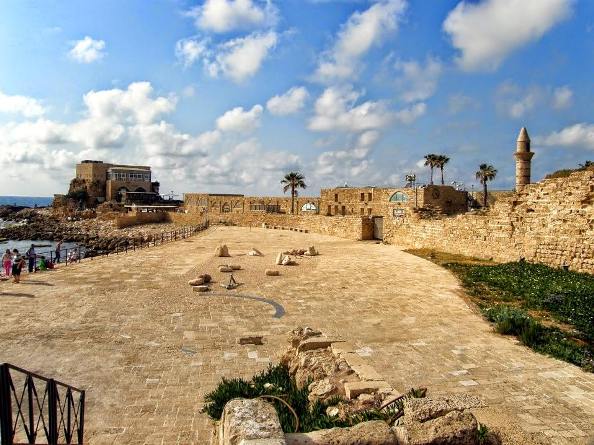
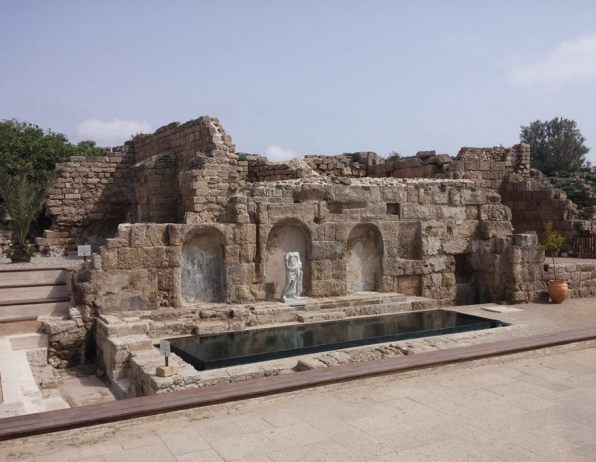
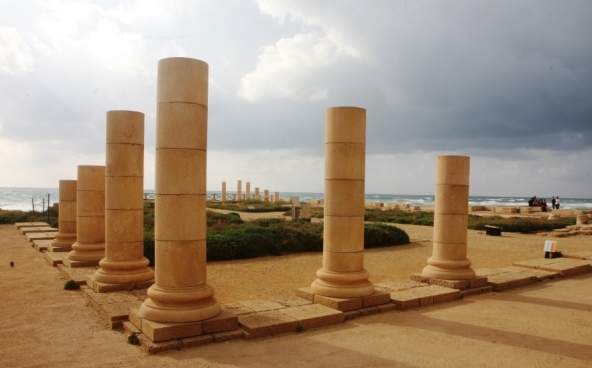
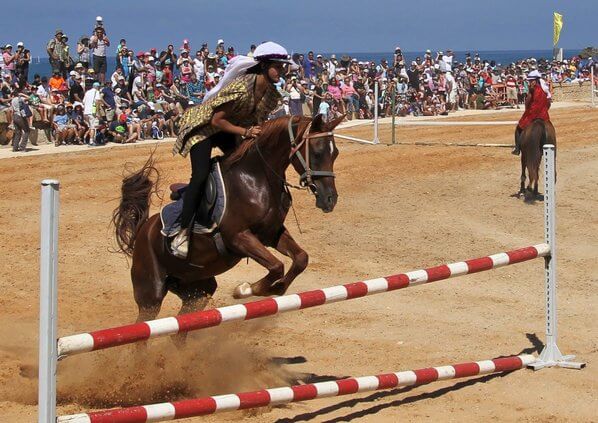
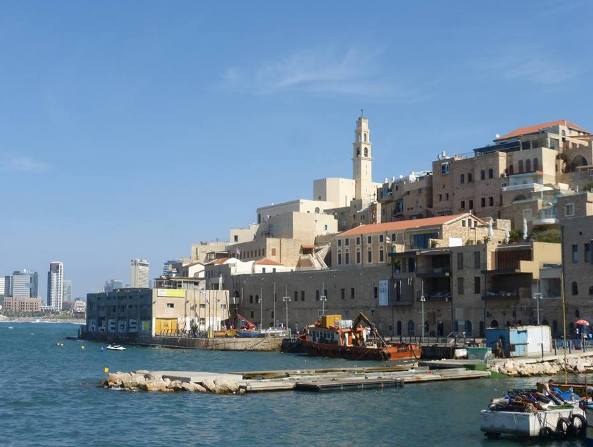

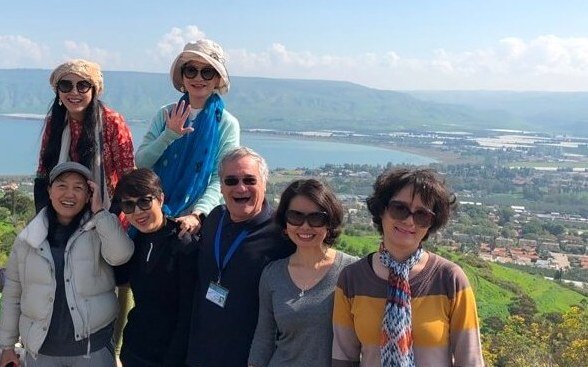
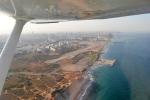
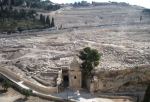
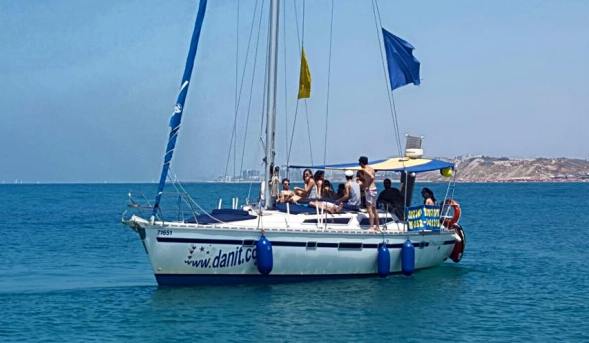
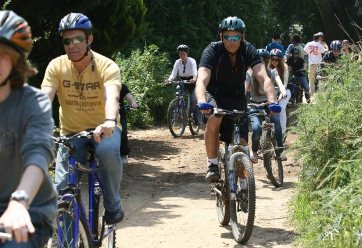
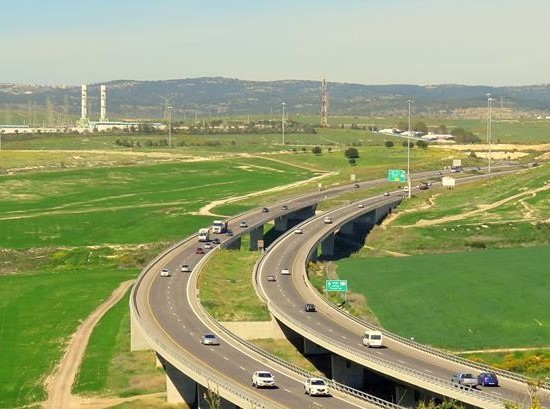

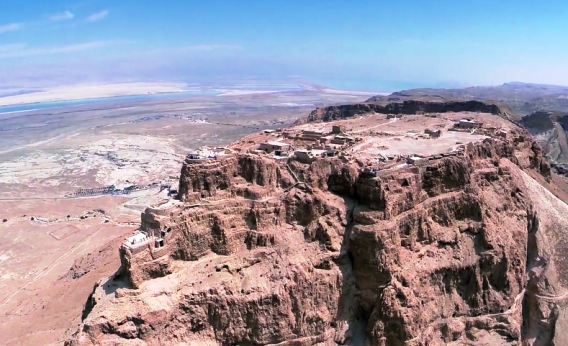
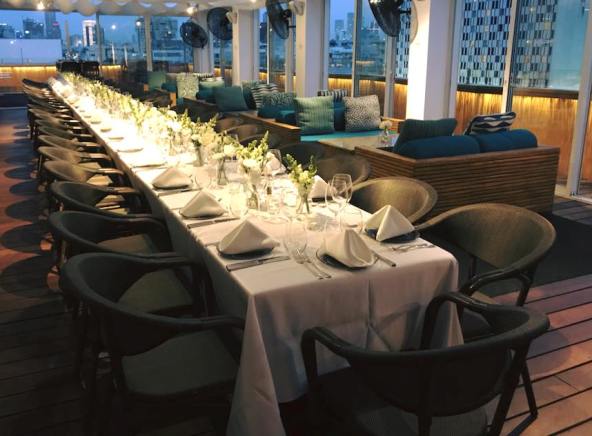
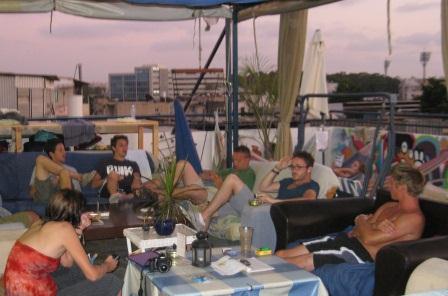
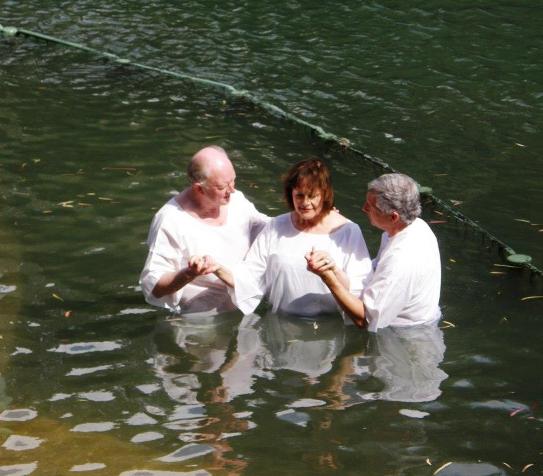

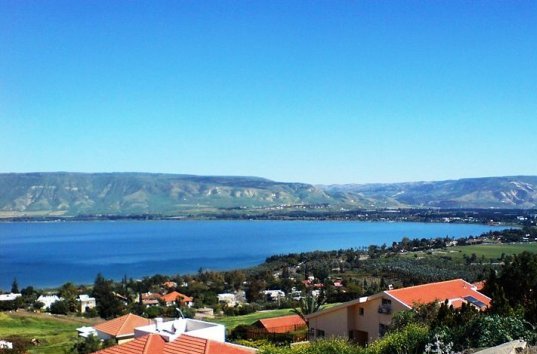
Facebook Comments
Enjoyed your visit? Have something to say? Why not leave a comment in the box below.